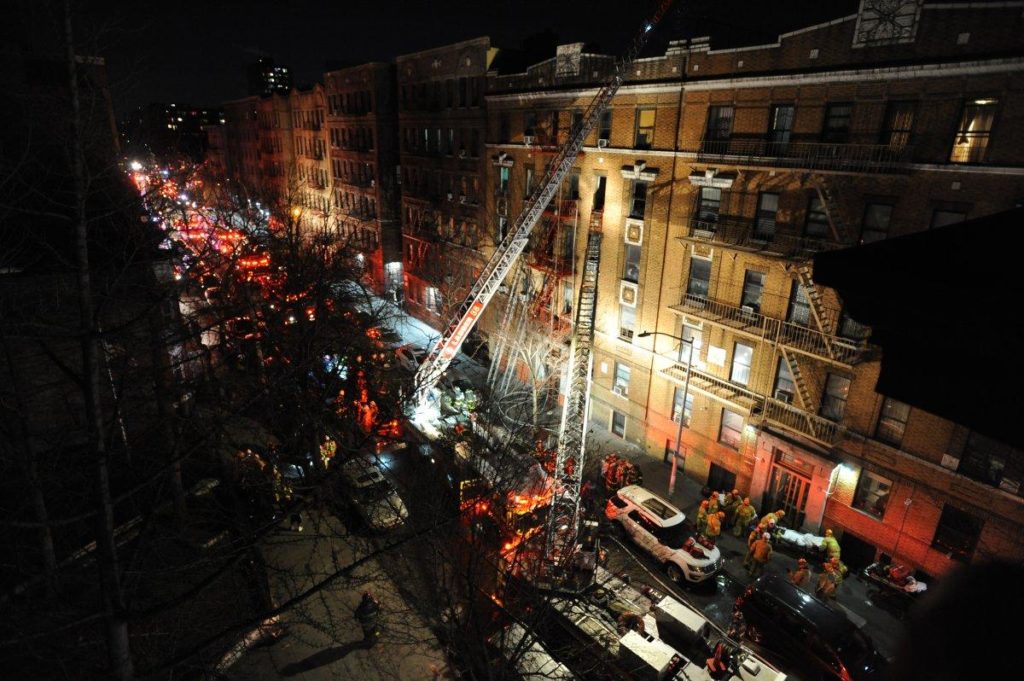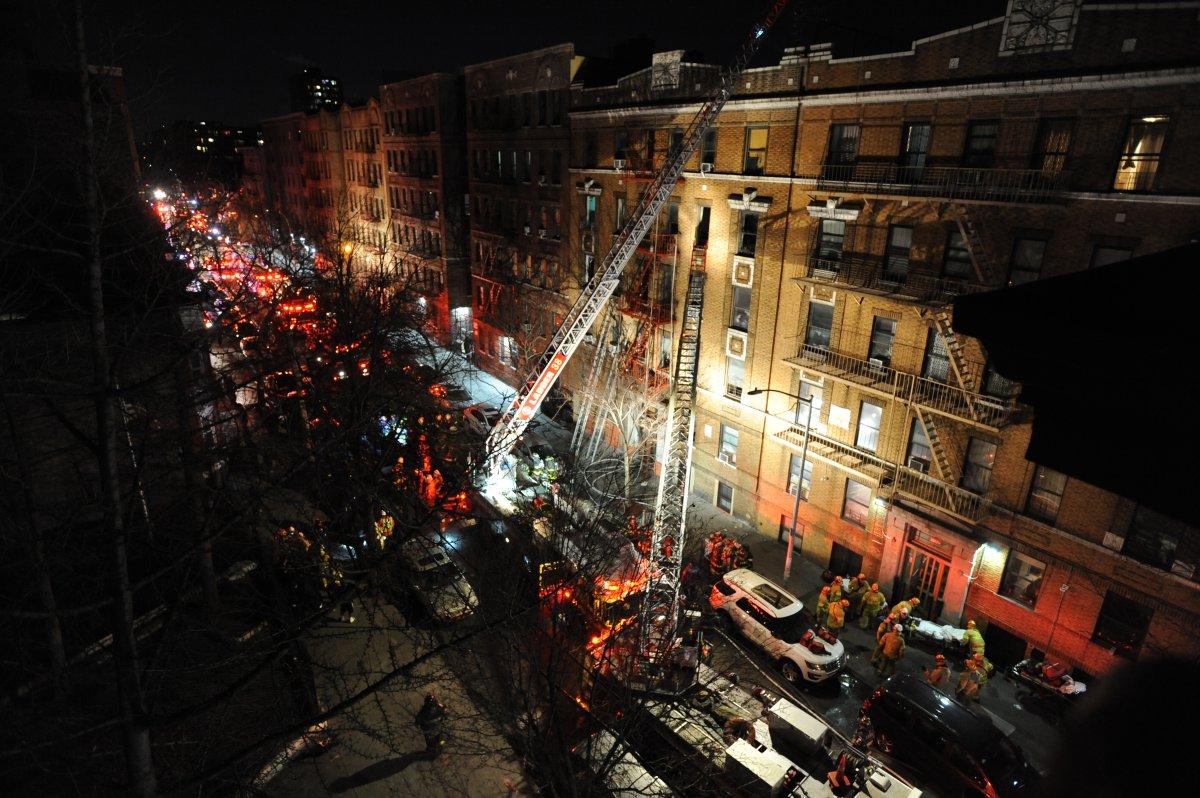Back in 2011, I wrote about a conversation that I had with a California fire marshal. A fatal fire in a multi-family residential building in Albany, California had drawn attention to the importance of closed doors, and the city of about 20,000 residents had created an ordinance requiring self-closing dwelling-unit entry doors.
 Since then (and prior), there have been other multi-family fires where open doors led to injuries and fatalities, as well as property damage. One of the high-profile fires occurred in the Bronx in December of last year, where 13 people were killed when the door to the apartment of fire origin was left open – allowing the fire to spread to the stairwell. In the investigation that followed, it was noted that the apartment door should have been self-closing because of a law that had been on the books for more than 100 years.
Since then (and prior), there have been other multi-family fires where open doors led to injuries and fatalities, as well as property damage. One of the high-profile fires occurred in the Bronx in December of last year, where 13 people were killed when the door to the apartment of fire origin was left open – allowing the fire to spread to the stairwell. In the investigation that followed, it was noted that the apartment door should have been self-closing because of a law that had been on the books for more than 100 years.
A new package of fire safety laws has now been approved by New York City legislators, and is on the mayor’s desk awaiting his signature:
- #0602-2018 requires R-1* and R-2** occupancies to have self-closing doors where doors provide access to interior corridors or stairs. Building owners have until July 31, 2021 to comply with this requirement, and failure to maintain self-closing doors results in a Class C “Immediately Hazardous” violation which must be corrected within 21 days. Note that this requirement does not apply only to apartments (see definitions of R-1 and R-2 occupancies below).
- #0608-2018 requires multiple-dwelling building owners to post notices in conspicuous locations indicating that those escaping a fire should close all doors behind them. This requirement takes effect 120 days after it is signed into law.
- #0610-2018 requires building owners to provide stove knob covers for each dwelling unit with a gas stove where a child under 6 years old resides (a young child playing with the gas stove was the cause of the Bronx fire).
While these updated laws are a step forward for New York City, what about the rest of the US? Why should each city and town require a local ordinance for something that has been required by code for decades? And wouldn’t the enforcement of annual fire door inspections help to ensure that these doors will provide the expected protection during a fire?
I know…patience is not one of my strengths.
~~~
*R-1 occupancies contain sleeping units where the occupants are primarily transient in nature, including: boarding houses and congregate living facilities (transient) with more than 10 occupants, hotels, and motels.
**R-2 occupancies contain sleeping units or more than two dwelling units where the occupants are primarily permanent in nature, including: apartment houses, congregate living facilities with more than 16 occupants, boarding houses, convents, dormitories, fraternities and sororities, monasteries, non-transient hotels and motels, live/work units, and vacation timeshare properties.
Photo: Sam Costanza/for New York Daily News
You need to login or register to bookmark/favorite this content.







Never understood why we wait until someone has to die before we act … Oh yeah it’s got to do with money … Human life has a price but to the rest of us it’s Priceless!
Frustrating that we have codes called “International” – couldn’t be further from the truth. We continue to permit states municipalities to adopt versions, make alterations/changes and edits as they see fit. So in essence we are right back where we started with multiple codes that vary based on state and municipality. Sort of defeats the purpose. We should be able to agree on what the building code should be. There is a process for making changes to the building codes and standards. We need to make it a mandatory process and adopt any changes across the International Community and eliminate all these variations. We should have one code, not hundreds or thousands.
To your point Lori, it would seem if a code change is in order for one part of the country, it should be for everyone.
Effective code enforcement requires three things:
1. A specification of what structures are to be regarded as compliant or non-compliant. Model codes supply this.
2. A specification of the means by which non-compliant structures can be detected. Model codes may recommend inspection practices, but don’t supply any money to hire inspectors.
3. A specification of what should be done with non-compliant buildings and the owners thereof. Codes are often silent here.
Even if everyone would agree with the idea that doors should have devices to close them in case of fire (setting aside specifics over which there may be disagreements, like whether temperature-operated hold-opens should be allowed), that doesn’t mean everyone would agree upon how compliance should be verified, and how non-compliance should be handled. If the door closers in a building are constantly getting disabled, to what lengths should a landlord be required to go to prevent that?
Reaching consensus within a community on issues #2 and #3 is difficult, which is probably one of the reasons that code enforcement is weak in many areas. If communities can’t reach consensus, however, I don’t think larger political units like counties and states are apt to do so either.
Thanks John!
– Lori